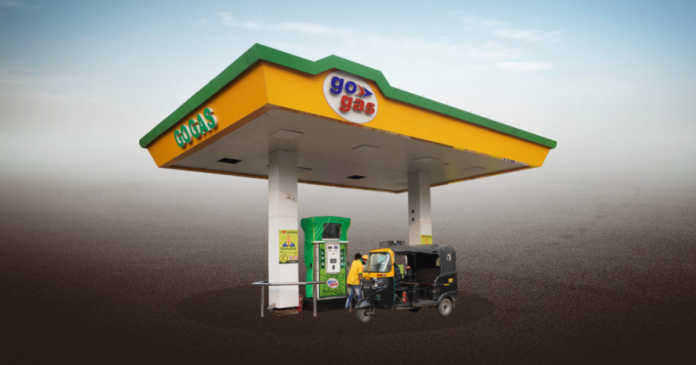
India’s rise as the third-largest auto market globally is a testament to its growth trajectory and economic prowess. The automotive sector plays a pivotal role in India, contributing approximately 7% to the country’s GDP and a substantial 35% to the manufacturing GDP. Moreover, this industry generates employment opportunities for about 37 million people, making it a vital driver of the Indian economy.
When we analyze the fuel technology landscape in India, we observe a steady decline in the production and sales of diesel vehicles. Conversely, petrol-driven cars continue to dominate the market. Furthermore, Compressed Natural Gas (CNG) variants have seen substantial growth, and hybrid and Electric Vehicles (EVs) have gained some traction among consumers.
However, amid global efforts to combat environmental challenges, including those initiated by the Indian government, there is one alternative fuel that has been somewhat overlooked by Original Equipment Manufacturers (OEMs) – Auto LPG.
Auto LPG, often considered the third most widely used alternative fuel globally, deserves greater attention from both consumers and manufacturers in India. While the world has witnessed a 40% increase in the consumption of Auto LPG over the last decade, India’s trend has moved in the opposite direction, especially in the past four years. In 2022, sales of Auto LPG vehicles in India saw a sharp decline compared to 2018, raising questions about the industry’s logic and reasoning.
The global scenario presents a stark contrast. In regions like Europe, autogas vehicles have gained immense popularity, with nearly 16 million of them on the road. In countries like Australia, Japan, and South Korea, a significant portion of taxis rely on autogas for their operations.
In Western Europe, OEM vehicles equipped with factory-fitted dual-fuel systems dominate the autogas market. While India shares this trend, primarily with three-wheelers, there’s a need for OEMs to expand their production of Auto LPG variants for passenger and private four-wheelers. Despite competitive costs compared to petrol, OEMs should increase the production of Auto LPG vehicles in the Indian market.
The shift towards a more sustainable future is undeniable, and automotive OEMs, like other companies, are facing growing scrutiny in terms of their environmental, social, and governance (ESG) responsibilities. With transportation contributing to nearly 40% of pollution in India, there’s a pressing need for the industry to make environmentally conscious decisions.
Auto LPG stands out as a sustainable option, as it boasts zero global warming potential in contrast to methane’s significant impact. Moreover, LPG emits less carbon dioxide per unit of heat produced and significantly fewer harmful gases like nitrous oxides and carbon dioxide compared to traditional Internal Combustion Engine (ICE) vehicles. It also outperforms CNG, another popular alternative fuel, in terms of emissions.
While the connection isn’t direct, adopting Auto LPG in households has been linked to a 64% reduction in death rates due to household air pollution. Air pollution remains a severe health risk in India, with more than 16 lakh people succumbing to it annually, according to a Lancet study.
The supply and cost stability of Auto LPG further support its adoption. Global production of LPG has consistently exceeded demand, creating a stable market. Improved geopolitical relations between India and West Asian countries contribute to a sense of stability for Indian users.
Thanks to the Ujjwala project, LPG terminalling infrastructure has improved significantly, addressing concerns related to the supply and distribution of Auto LPG within the country.
Interestingly, as OEMs ramp up production and offer more Auto LPG variants, it will likely stimulate the retrofitment and conversion kit market for Auto LPG. Retrofitment players, predominantly Micro, Small, and Medium-sized Enterprises (MSMEs), have faced challenges due to stringent approval norms and high Goods and Services Tax (GST) rates on conversion kits and Auto LPG








